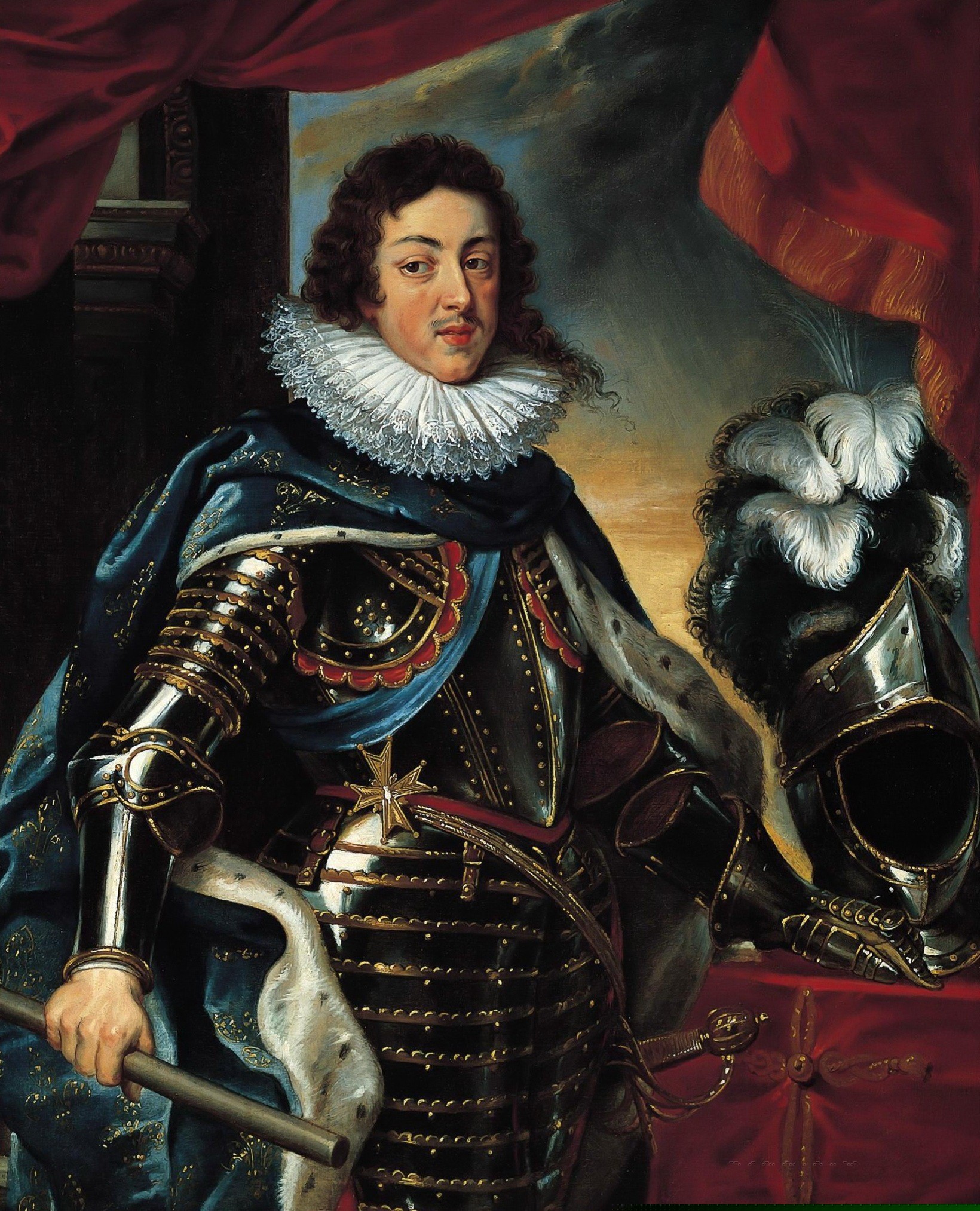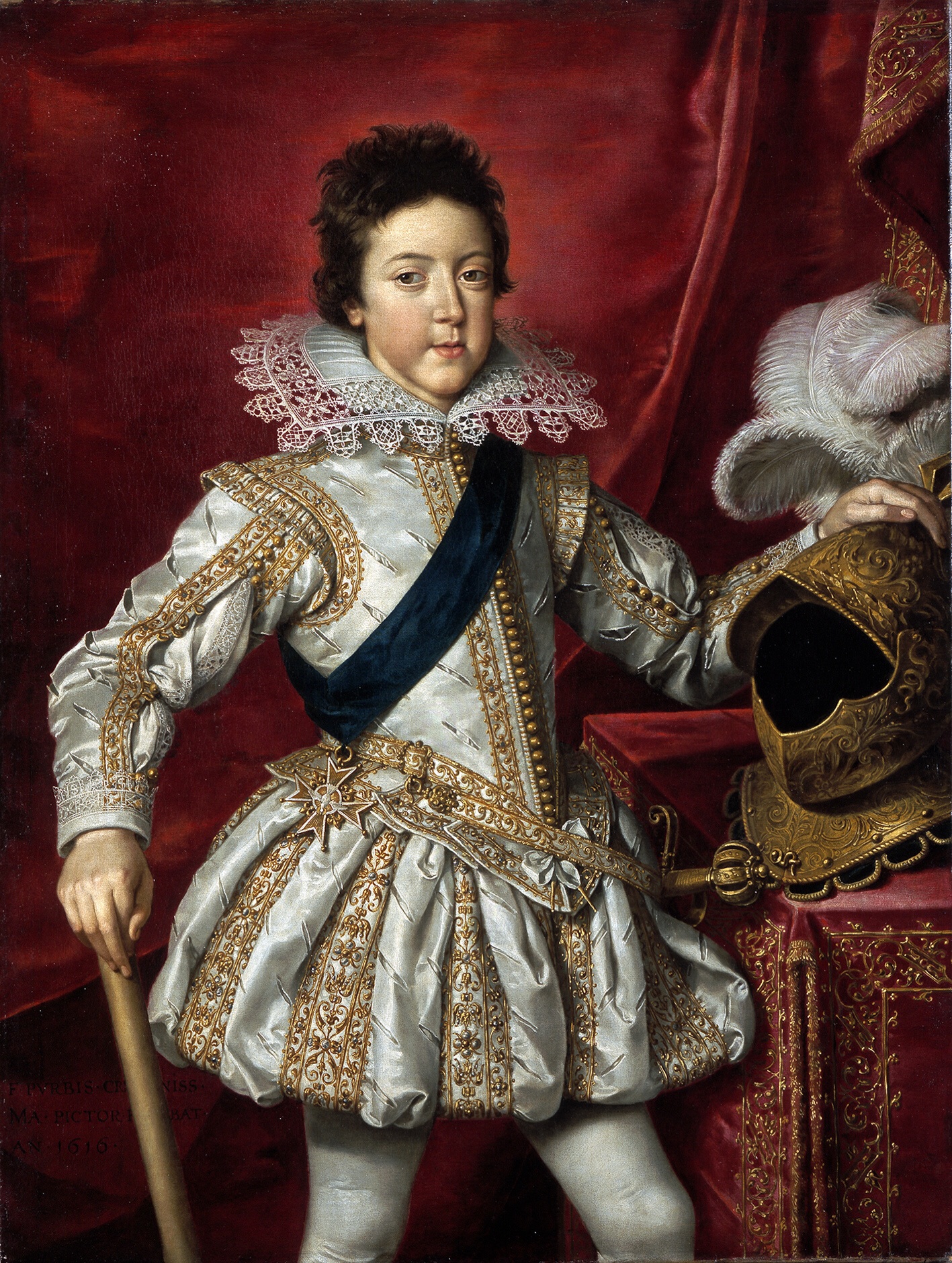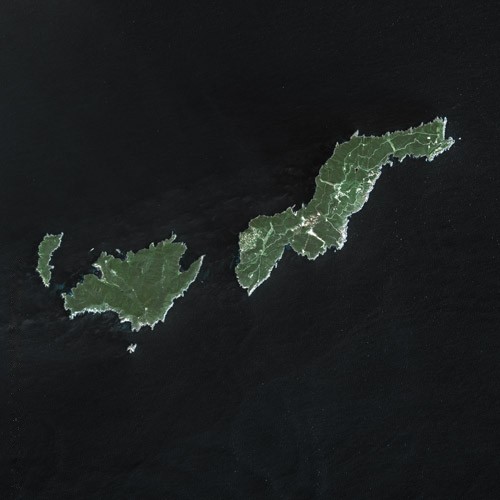|
Castel Sainte-Claire
The Castel Sainte-Claire is a villa in the hills above Hyères, in the Var Département of France, which was the residence of Olivier Voutier, a French officer who brought the ''Venus de Milo'' to France in 1820, and later of the American novelist Edith Wharton. Its garden is classified as one of the Remarkable Gardens of France. History The Castel Sainte-Claire is located in the hills just above the old town of Hyères. Its park contains the ruins of part of the old walls of the city, dating to the end of the 12th century. The walls were destroyed by the order of Cardinal Richelieu during the reign of Louis XIII of France. In the 17th century, the site was occupied by a convent belonging to the order of the Institute of Poor Women, created in Assisi in 1212, of which Sainte-Claire was the first Mother Superior. Following the French Revolution, the convent was closed, the convent was demolished, and the land was sold. In 1820, the land was sold to the French naval offi ... [...More Info...] [...Related Items...] OR: [Wikipedia] [Google] [Baidu] |
Castel Sainte-Claire Hyeres 4
Castel may refer to the following places: In France Castel is the Occitan word for the Latin ''Castrum'' (small caserna military castrum) and occurs very often in southern France toponyms especially mixed with the adjective ''nau'' (which means ''new'' written ''nòu'' in Occitan). * , a village and former commune in Picardy, since 1965 part of Moreuil *Belcastel (other), ''Great Castle'' *Castelnaudary, ''Newcastle of Arry'' *Castelnau-le-Lez, ''Newcastle upon Lez'' *Castelsagrat, ''Holy castle'' *Castelsarrasin, ''Sarracen castle'' In Italy Castel, a short form of castello (''castle''), is a very common component in Italian place names, including: *Castel Baronia, in the province of Avellino *Castel Boglione, in the province of Asti *Castel Bolognese, in the province of Ravenna *Castel Campagnano, in the province of Caserta *Castel Castagna, in the province of Teramo *Castel Colonna, in the province of Ancona *Castel Condino, in the province of Trento * Castel d'Aian ... [...More Info...] [...Related Items...] OR: [Wikipedia] [Google] [Baidu] |
Hyères
Hyères (), Provençal dialect, Provençal Occitan language, Occitan: ''Ieras'' in classical norm, or ''Iero'' in Mistralian norm) is a Communes of France, commune in the Var (département), Var Departments of France, department in the Provence-Alpes-Côte d'Azur Regions of France, region in southeastern France. The old town lies from the sea clustered around the Castle of Saint Bernard, which is set on a hill. Between the old town and the sea lies the pine-covered hill of Costebelle, which overlooks the peninsula of Giens peninsula, Giens. Hyères is the oldest resort on the French Riviera. History Hellenic Olbia The Hellenic city of ''Olbia'' () was refounded on the Phoenician settlement that dated to the fourth century BC; Olbia is mentioned by the geographer StraboIV.1.5 as a city of the Marseille, Massiliotes that was fortified "against the tribe of the Salyes and against those Ligures who live in the Alps". Greek and Roman antiquities have been found in the area. Middle A ... [...More Info...] [...Related Items...] OR: [Wikipedia] [Google] [Baidu] |
Var (department)
Var (, ) is a Departments of France, department in the Provence-Alpes-Côte d'Azur Regions of France, region in southeastern France. It is bordered on the east by the Alpes-Maritimes department; to the west by Bouches-du-Rhône; to the north of the river Verdon (river), Verdon by the Alpes-de-Haute-Provence department; and to the south by the Mediterranean Sea. It had a population of 1,076,711 in 2019.Populations légales 2019: 83 Var INSEE The Var department takes its name from the river Var (river), Var, which flowed along its eastern boundary, until the boundary was moved in 1860 and the department is no longer associated with the river. It is part of the French Riviera, a major touristic area of the country. Toulon is Var's largest city and administrative capital, known as the Prefectures in F ... [...More Info...] [...Related Items...] OR: [Wikipedia] [Google] [Baidu] |
Olivier Voutier
Olivier Voutier (born 30 May 1796 in Thouars, France; died 18 April 1877 in Hyères, France) was a French naval officer who discovered the statue of the ''Venus de Milo'' in 1820, and fought in the Greek War of Independence. Discovery of the ''Venus de Milo'' Voutier was the son of a naval officer, and at the age of fifteen entered the Naval School in Brest. In April 1820, at the age of twenty-three he was an ensign on the French naval schooner ''Estafette'' stopping at the island in Milos in the Aegean. He was interested in the history of ancient Greece, and decided to see if he could find any objects of interest. He took two sailors with shovels and picks, and began digging in the ruins of an ancient theater located on the side of the island's highest hill. Voutier and the sailors found marble fragments, a bust, a carved foot, and two statues missing their heads, hands and feet. While Voutier was searching, he witnessed a Greek farmer discover part of a sculpture. Voutier ... [...More Info...] [...Related Items...] OR: [Wikipedia] [Google] [Baidu] |
Venus De Milo
The ''Venus de Milo'' or ''Aphrodite of Melos'' is an Ancient Greece, ancient Greek marble sculpture that was created during the Hellenistic art, Hellenistic period. Its exact dating is uncertain, but the modern consensus places it in the 2nd century BC, perhaps between 160 and 110 BC. It was discovered in 1820 on the island of Milos, Greece, and has been displayed at the Musée du Louvre, Louvre Museum since 1821. Since the statue's discovery, it has become one of the most famous works of ancient Greek sculpture in the world. The ''Venus de Milo'' is believed to depict Aphrodite, the Greek goddess of love, whose Roman mythology, Roman Interpretatio graeca, counterpart was Venus (mythology), Venus. Made of Parian marble, the statue is larger than life size, standing over high. The statue is missing both arms. The original position of these missing arms is uncertain. The sculpture was originally identified as depicting Aphrodite holding the apple of discord as a marble hand h ... [...More Info...] [...Related Items...] OR: [Wikipedia] [Google] [Baidu] |
Edith Wharton
Edith Newbold Wharton (; ; January 24, 1862 – August 11, 1937) was an American writer and designer. Wharton drew upon her insider's knowledge of the upper-class New York "aristocracy" to portray, realistically, the lives and morals of the Gilded Age. In 1921, she became the first woman to win the Pulitzer Prize for Fiction for her novel ''The Age of Innocence''. She was inducted into the National Women's Hall of Fame in 1996. Her other well-known works are ''The House of Mirth'', the novella ''Ethan Frome'', and several notable ghost stories. Biography Early life Edith Newbold Jones was born on January 24, 1862, to George Frederic Jones and Lucretia Stevens Rhinelander, at their brownstone at 14 West Twenty-third Street in New York City. To her friends and family, she was known as "Pussy Jones". She had two elder brothers, Frederic Rhinelander and Henry Edward. Frederic married Mary Cadwalader Rawle Jones, Mary Cadwalader Rawle; their daughter was landscape architect Beatri ... [...More Info...] [...Related Items...] OR: [Wikipedia] [Google] [Baidu] |
Remarkable Gardens Of France
The Remarkable Gardens of France is intended to be a list and description, by region, of the more than three hundred gardens classified as ''"Jardins remarquables"'' by the Ministry of Culture (France), Ministry of Culture and the Comité des Parcs et Jardins de France. Gardens of Alsace Bas-Rhin * Brumath - Jardin de l'Escalier. (1973) Small private modern romantic floral garden(See Photos)* Kintzheim – The Park of Ruins of the Château de Kintzheim. An early 19th-century romantic landscape garden(See photos)* Kolbsheim – The Garden of the Château de Kolbsheim. (1703) French garden and English landscape park.(See photos)* Ottrott – Le Domaine de Windeck. (1835). Romantic landscape park, with views of the ruined castle of Ottrott(See photos)* Plobsheim – Le Jardin de Marguerite. (1990) Small private English "secret" garden in the Alsatian village of Plobsheim(See photos)* Saverne – Jardin botanique du col de Saverne. Botanical garden in an encl ... [...More Info...] [...Related Items...] OR: [Wikipedia] [Google] [Baidu] |
Cardinal Richelieu
Armand Jean du Plessis, 1st Duke of Richelieu (9 September 1585 – 4 December 1642), commonly known as Cardinal Richelieu, was a Catholic Church in France, French Catholic prelate and statesman who had an outsized influence in civil and religious affairs. He became known as the Red Eminence (), a term derived from the style of Eminence (style), Eminence applied to Cardinal (Catholic Church), cardinals and their customary red robes. Consecrated a bishop in 1607, Richelieu was appointed Secretary of State for Foreign Affairs (France), Foreign Secretary in 1616. He continued to rise through the hierarchy of both the Catholic Church and the French government, becoming a Cardinal (Catholic Church), cardinal in 1622 and Chief minister of France, chief minister to King Louis XIII, Louis XIII of France in 1624. He retained that office until his death in 1642, when he was succeeded by Cardinal Cardinal Mazarin, Jules Mazarin, whose career the cardinal had fostered. Richelieu became enga ... [...More Info...] [...Related Items...] OR: [Wikipedia] [Google] [Baidu] |
Louis XIII Of France
Louis XIII (; sometimes called the Just; 27 September 1601 – 14 May 1643) was King of France from 1610 until his death in 1643 and King of Navarre (as Louis II) from 1610 to 1620, when the crown of Navarre was merged with the French crown. Shortly before his ninth birthday, Louis became king of France and Navarre after his father Henry IV of France, Henry IV was assassinated. His mother, Marie de' Medici, acted as regent during his minority. Mismanagement of the kingdom and ceaseless political intrigues by Marie and her Italian favourites led the young king to take power in 1617 by exiling his mother and executing her followers, including Concino Concini, the most influential Italian at the French court. Louis XIII, taciturn and suspicious, relied heavily on his chief ministers, first Charles d'Albert, duc de Luynes and then Cardinal Richelieu, to govern the Kingdom of France. The King and the Cardinal are remembered for establishing the ''Académie française'', and ending ... [...More Info...] [...Related Items...] OR: [Wikipedia] [Google] [Baidu] |
Port-Cros
Port-Cros () is a French island in the Mediterranean Sea, Mediterranean island group known as the Îles d'Hyères. It is part of the commune of Hyères, in the department of Var (department), Var in the region of Provence-Alpes-Côte d'Azur. The island was donated to the French government with the promise that a national park, the Port-Cros National Park, would be created on the island. This was established on 14 December 1963. The island is wide and its most elevated point is . It is . History The island was known as ''Messea'' (Middle Island) to the Ancient Greece, ancient Greeks. Its present name derives from the small port on the island, which is cross-shaped. Roman Empire, Roman tombs on the island indicate that there may have been a Roman colony on the island, and coins and canals of Roman origin have also been found on the island. In the 5th century, the monastery of Lérins Abbey, Lérins established a branch on Île du Levant. This foundation on Île du Levant estab ... [...More Info...] [...Related Items...] OR: [Wikipedia] [Google] [Baidu] |







